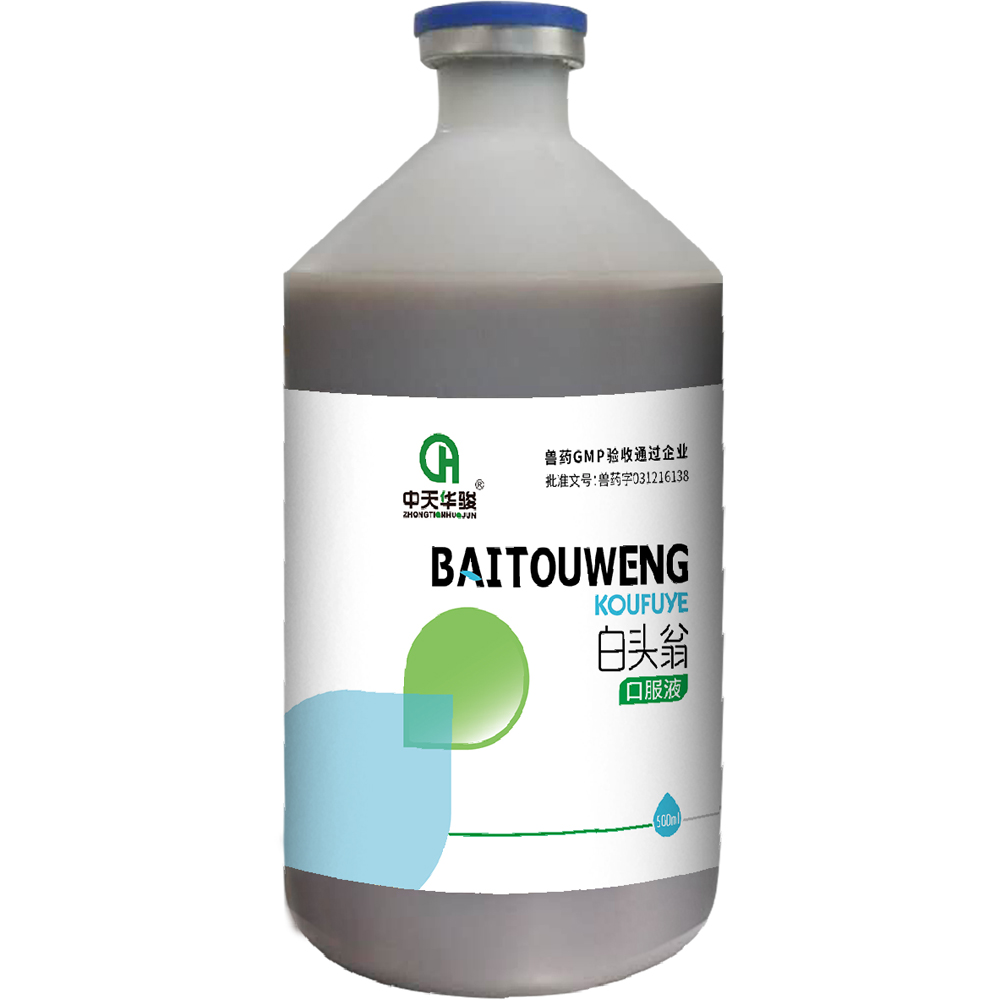
Aug . 30, 2024 16:19 Back to list
fowl plague
Fowl Plague Understanding Its Impact and Control Measures
Fowl plague, scientifically known as avian influenza, is a highly contagious viral infection that primarily affects birds, particularly domestic poultry such as chickens and turkeys. This disease poses significant challenges to the avian industry and can have profound economic implications due to its potential for rapid spread and high mortality rates. Understanding the nature of fowl plague, its symptoms, modes of transmission, and control measures is crucial for preventing outbreaks and protecting both poultry and human health.
The causative agent of fowl plague is the avian influenza virus, which exists in various strains. Some strains are relatively mild and may cause little to no symptoms in infected birds, while others, particularly the highly pathogenic avian influenza (HPAI) strains, can lead to severe illness and death. Infected birds may exhibit signs such as respiratory distress, decreased egg production, swelling of the head and neck, and neurologic complications. The mortality rate in such cases can reach up to 90% or higher, making timely detection and response essential.
Transmission of fowl plague primarily occurs through direct contact with infected birds, contaminated surfaces, or materials
. Wild birds, especially waterfowl, often act as carriers of the virus, shedding it through their feces, which can contaminate feed and water sources. As a result, biosecurity measures are vital to preventing the introduction and spread of the virus in poultry farms. This includes controlling access to farms, thorough cleaning and disinfection of equipment, and implementing strict hygiene practices among workers.fowl plague

Vaccination is another important strategy in combating fowl plague. While vaccines may not fully prevent infection with all strains, they can significantly reduce the severity of the disease and lower the viral load in infected birds, thereby reducing the risk of transmission. Monitoring and surveillance programs are also essential for early detection of the virus, allowing for swift action to control outbreaks before they escalate.
In addition to agricultural implications, fowl plague has zoonotic potential, meaning it can infect humans, although such cases are rare. Nonetheless, instances of human infection with avian influenza underline the importance of taking precautions and ensuring that public health agencies remain vigilant.
In conclusion, fowl plague represents a significant threat to poultry health and the agricultural economy. Through effective biosecurity, vaccination, and monitoring, the risks associated with this disease can be mitigated, safeguarding both the poultry industry and public health.
-
Acute Salpingitis and Oophoritis AI Factory
NewsJul.31,2025
-
Premium China Bacillus Subtilis Supplier & Factory Solutions
NewsJul.30,2025
-
Premium Avermectin Supplier in China | Custom Solutions Available
NewsJul.29,2025
-
China Bacillus Subtilis Supplier - Custom Factory Solutions
NewsJul.29,2025
-
China Salivation: Leading Custom Salivation Supplier & Factory Solutions
NewsJul.29,2025
-
Leading Lincomycin Hydrochloride Manufacturer & Supplier with High Purity
NewsJul.29,2025




